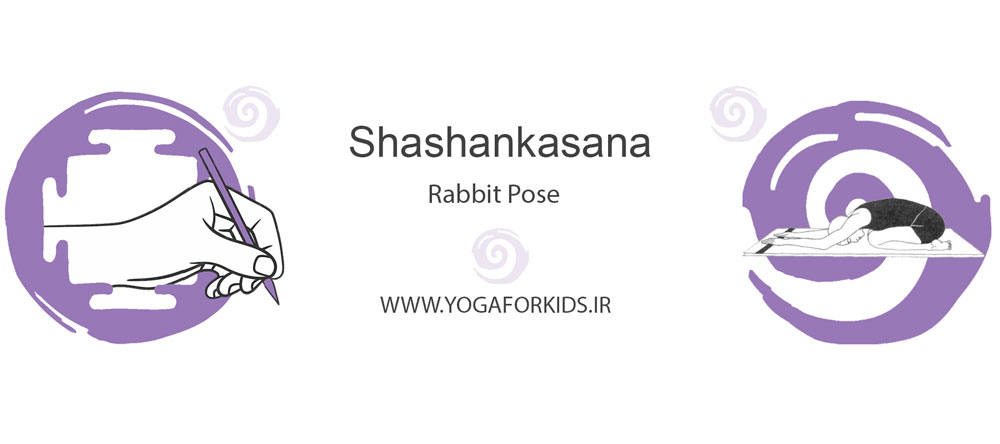
How to do Shashankasana (Rabbit Pose) for Flexibility
Introduction to Shashankasana
How to do Shashankasana is a question that many yoga practitioners ask when they are seeking to improve flexibility and promote relaxation. Shashankasana, commonly known as the Rabbit Pose, is a calming and restorative yoga posture inspired by the natural resting position of a rabbit. The Sanskrit term “Shashankasana” translates to “rabbit,” and this pose is designed to bring both physical and mental relaxation, making it suitable for practitioners of all levels. It is often used in therapeutic yoga practices to alleviate stress and gently stretch the back and spine.
In yoga, asanas are postures that combine physical movement, mindful breathing, and mental focus. Shashankasana provides a gentle stretch while encouraging deep relaxation and mindfulness, which is why it’s often recommended as a restorative practice.
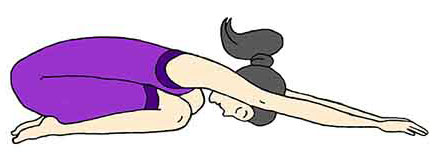
How to do Shashankasana
- Start in a Kneeling Position
- Begin by sitting on the floor in Vajrasana (kneeling position) with your thighs perpendicular to the floor and your spine straight.
- Extend Your Arms Forward
- Stretch your arms forward along the floor, reaching them as far as you can, while keeping your shoulders relaxed.
- Bend Forward from the Hips
- Slowly fold your torso forward from the hips, aiming to bring your forehead towards the floor. Allow your hips to gently sink back towards your heels.

- Place Your Hands on the Floor
- Place your palms flat on the floor or extend your arms forward, maintaining a stretch along your back.
- Focus on Your Breathing
- Take slow, deep breaths, focusing on releasing tension with every exhale and deepening your stretch with every inhale.
- Hold the Pose
- Remain in the pose for 1 to 3 minutes, breathing deeply and allowing your body to relax further. Slowly return to the starting position.
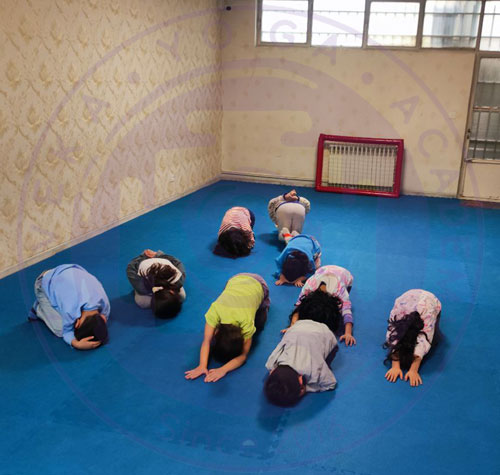
Benefits of Shashankasana for Body and Mind
Shashankasana offers several physical and mental benefits:
For the Body:
- Spinal Stretch
- This pose provides a gentle stretch for the spine, which can help alleviate pressure and discomfort in the back and lower back.
- Shoulder and Neck Relaxation
- The forward bend releases tension in the shoulders, neck, and upper back, making it especially beneficial for people who spend long hours sitting.
- Improved Digestion
- The forward bend gently compresses the abdomen, which can help stimulate digestion and improve overall digestive health.
- Increased Flexibility in Knees and Hips
- The pose stretches and strengthens the muscles and joints in the knees and hips, improving overall flexibility in these areas.
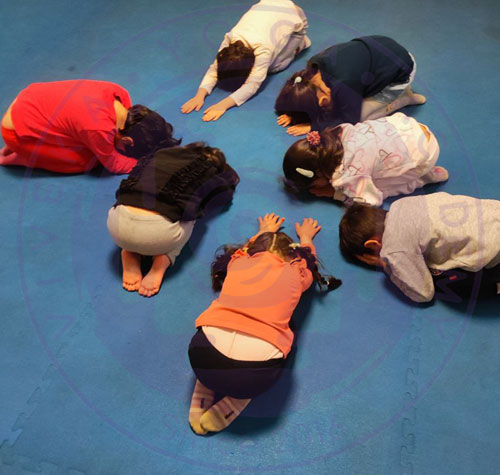
For the Mind:
- Reduces Stress and Anxiety
- Shashankasana helps to calm the nervous system and reduce levels of stress and anxiety, making it an excellent pose for relaxation.
- Improves Mental Focus
- By focusing on the breath in this pose, practitioners can improve mindfulness and concentration.
- Promotes Deep Relaxation
- This asana encourages relaxation, helping to reduce daily fatigue and calm the mind and body.
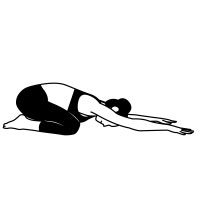
Benefits of Shashankasana for Children and Teenagers
Shashankasana is not only beneficial for adults but also for children and teenagers:
- Reduces Mental and Physical Fatigue
- This pose is particularly useful for energetic children or teens who may feel mentally or physically exhausted after a busy day of school. It helps calm the nervous system and provides restful relaxation.
- Enhances Mind-Body Connection
- Shashankasana helps children and teens develop a stronger connection to their bodies and teaches them how to self-soothe through deep breathing.
- Increases Flexibility
- Regular practice of this pose helps improve flexibility in the muscles and joints, preventing stiffness or discomfort.
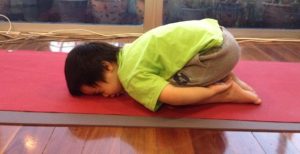
Limitations and Precautions for Shashankasana
While Shashankasana is a generally safe and accessible pose, there are some precautions to consider:
- Knee Issues
- People with knee pain or injury should practice this pose cautiously. It may be helpful to place a soft cushion under the knees to reduce pressure and enhance comfort.
- High Blood Pressure
- Those with high blood pressure should approach this pose carefully, as the forward bend may not be ideal for them.
- Pregnancy
- Shashankasana is not recommended during pregnancy as it may place unwanted pressure on the abdomen.
- Under Supervision
- Beginners or individuals with specific health concerns should practice this pose under the guidance of a qualified yoga instructor to ensure proper alignment and safety.
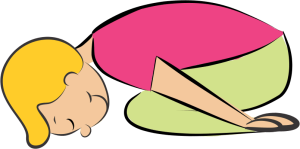
Conclusion
How to do Shashankasana effectively is crucial for maximizing its benefits. This restorative pose is an excellent way to stretch the spine, reduce stress, and enhance mental clarity. Shashankasana provides a peaceful, calming experience that helps practitioners develop both physical flexibility and mental relaxation. When practiced with awareness and under the guidance of an experienced instructor, Shashankasana can contribute significantly to overall well-being.
Shashankasana is suitable for everyone, including children and teenagers, as it helps improve flexibility, promotes relaxation, and enhances focus.
Keep in mind that the proper and systematic arrangement of yoga asanas in a correct and precise sequence can maximize their benefits. Performing a single pose in isolation and without proper awareness may even lead to an imbalance in individuals. Therefore, we recommend consulting a specialist before practicing these exercises to design an appropriate sequence and order.
Recommended Resources for Further Study







